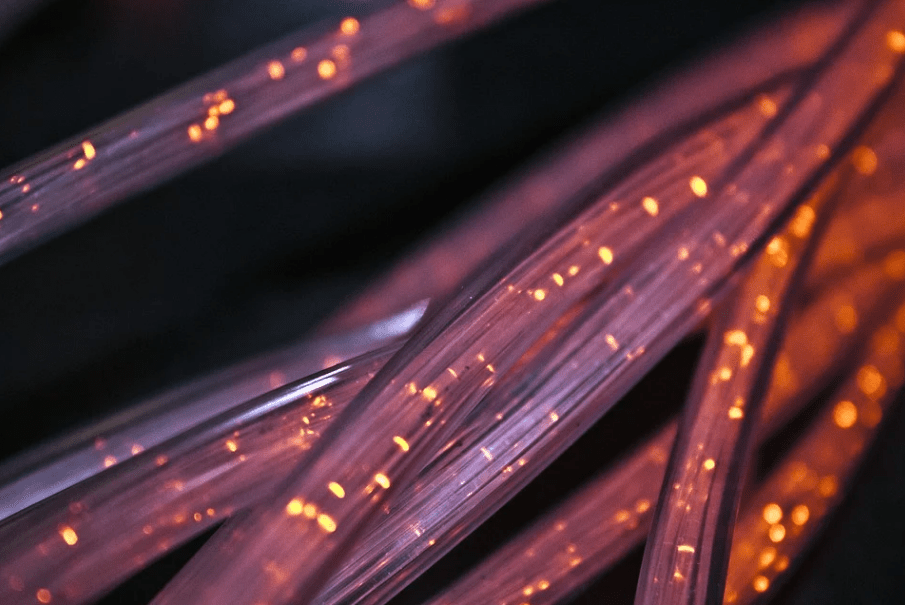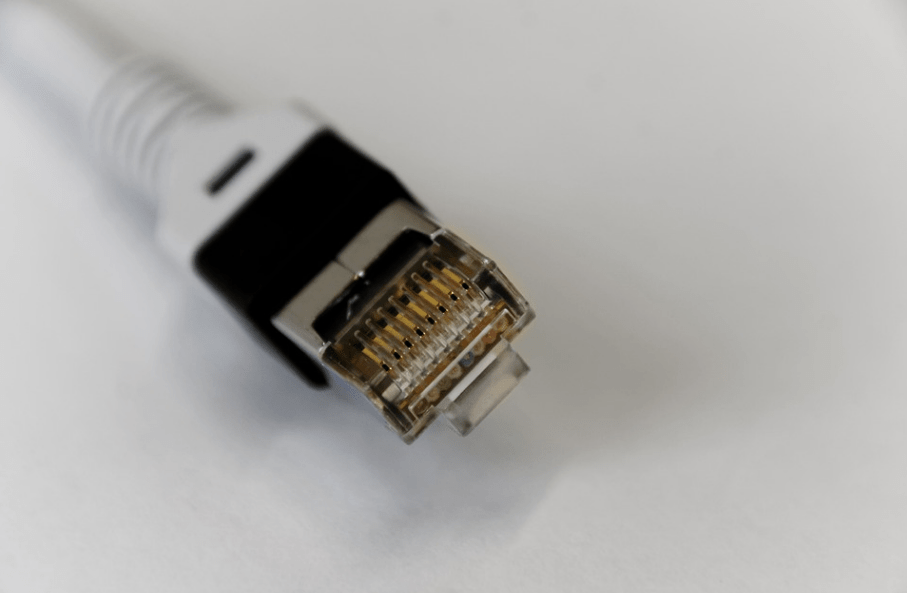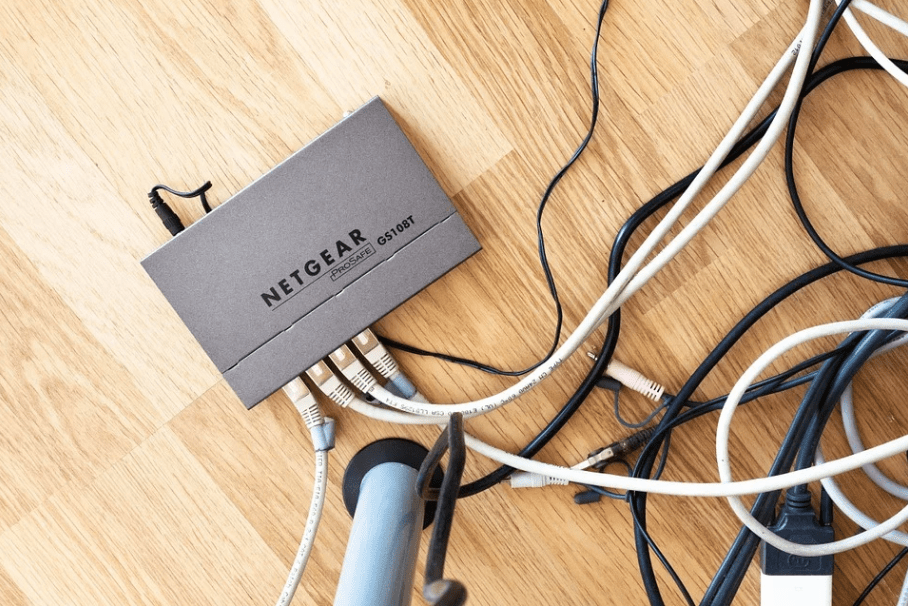Thanks to the faster, highly-improved internet connectivity, we now enter a world with almost limitless possibilities and access to information in just a snap of our fingers. For most advanced countries, gone are the times when one has to wait for a grueling day to finish downloading or uploading that particular file for work or school. Less are our worries now about sharing valuable research to a vast audience without losing its time relevance. Real-time online game battles and co-ops are now more enjoyable and reliable when your broad brand transmits data about as fast as 70% of the speed of light.
THE FIBER-OPTIC INTERNET
In this fast-paced, continuously advancing world, it is no surprise that broadband connectivity had to keep up. Fiber-optic internet, commonly referred to as fiber-internet, or simply ‘fiber,’ made it possible for us to achieve speedy connectivity. Capable of hitting speeds of up to 940 Megabits per second (Mbps), fiber internet made it to the forefront of the telecommunications industry. It is also the prime choice of large workplaces relying heavily on a fast internet connection to boost their productivity.
Fiber internet allows for multiple and extensive access to the internet with less lag time at home or office. Even with several devices connected, it promises a stable internet speed with minimal buffering depending on the circumstance. It is safe to say that fiber-internet is a quantum leap from the old and traditional internet access tool, Dial-up – even faster than current DSL and cable internet by hundreds of Mbps. With fiber, you can
- stream online videos smoothly in real-time
- upload and download massive files in a matter of minutes, depending on the size
- play and stream online games smoothly with less buffering
- download high-definition movies and videos much faster in seconds
Moreover, fiber internet transmits through a network of fiber-optic cables that are less vulnerable to harsh weather conditions, so frequent outages and annoying interferences when in the middle of something important are out of the equation.
HOW FIBER-INTERNET WORKS
One remarkable thing to remember about fiber-optic internet is that the data transmission utilizes pulses of light. These lights travel through fiber-optic cables instead of electricity as in other forms of broadband connections like digital subscriber line (DSL), broadband over powerline (BPL), and cable modem. The light travels through said cables in the same way that electricity does in copper wires. However, on the contrary, fiber cables can transmit multiple signals all at the same time.
These fibers are about 125 microns in diameter, much like the human hair, only thicker. The cable lines often bundle together, called ‘fiber-optic trunk cables,’ and carry information in light pulses or laser. The data then transmits in binary form.
After reaching its target destination, the pulses of light convert into electrical form within the optical network terminal – electrical outputs which your devices can recognize and receive. Finally, the optical network terminal transmits the signal towards the Ethernet connection, down to the user. The immense capability of the fiber cables to carry a massive amount of data, with an average speed of about 1 Gbps (1 gigabit per second), allows households and workplaces to access information and use it at their disposal immediately.
THE FUTURE OF MODERN INTERNET
Technology is the future; where there is technology, there is the internet. Speedy and robust internet connectivity brings an enormous impact to the social, political, and economic aspects. Most cable lines now have fiber-optic cables as a replacement for the traditional copper wires in developing countries. Due to the speed-limiting quality of copper wires, installing fiber-optic cables become more cost-efficient and most viable for telecom companies. Most of these fiber cables form the backbone of the modern internet that we use today.
SHOULD YOU OPT FOR FIBER-INTERNET?
Definitely, that is, if you can take advantage of its reasonable cost. Fiber-optic internet is not so common for an excellent reason, and it is costly just to set up. Don’t get us wrong; fiber internet is ideal in households and workplaces where speedy internet is the core of productive operations. We mean here that, when opting for fiber-internet, we have to make sure we maximize its use.
It is not optimal to install fiber-internet when you are the only one who is using the service – it doesn’t justify the expensive cost! For example, most of us use 30 to 100 Mbps speed on average, and we can get this from cable internet that costs much less than fiber. Also, most people just browse the internet without even intending to download or upload files, and seven if they do, most downloads will not even consume all the connection. In addition, particular servers have download speed limits, so it doesn’t matter if you got 1 Gbps from fiber and your friend got half your speed from cable internet – both of you will get the same max speed from that server.
Nonetheless, you can take advantage of a fiber-internet when there are multiple computers and devices at home and at workplaces. Schools can download resources faster and easier using this connection. Companies may also use this to boost work efficiency and productivity. Since E-games are now rising in popularity, gaming boot camps and centers may also benefit from a fiber connection to enhance the gaming experience and practice at the best conditions.



